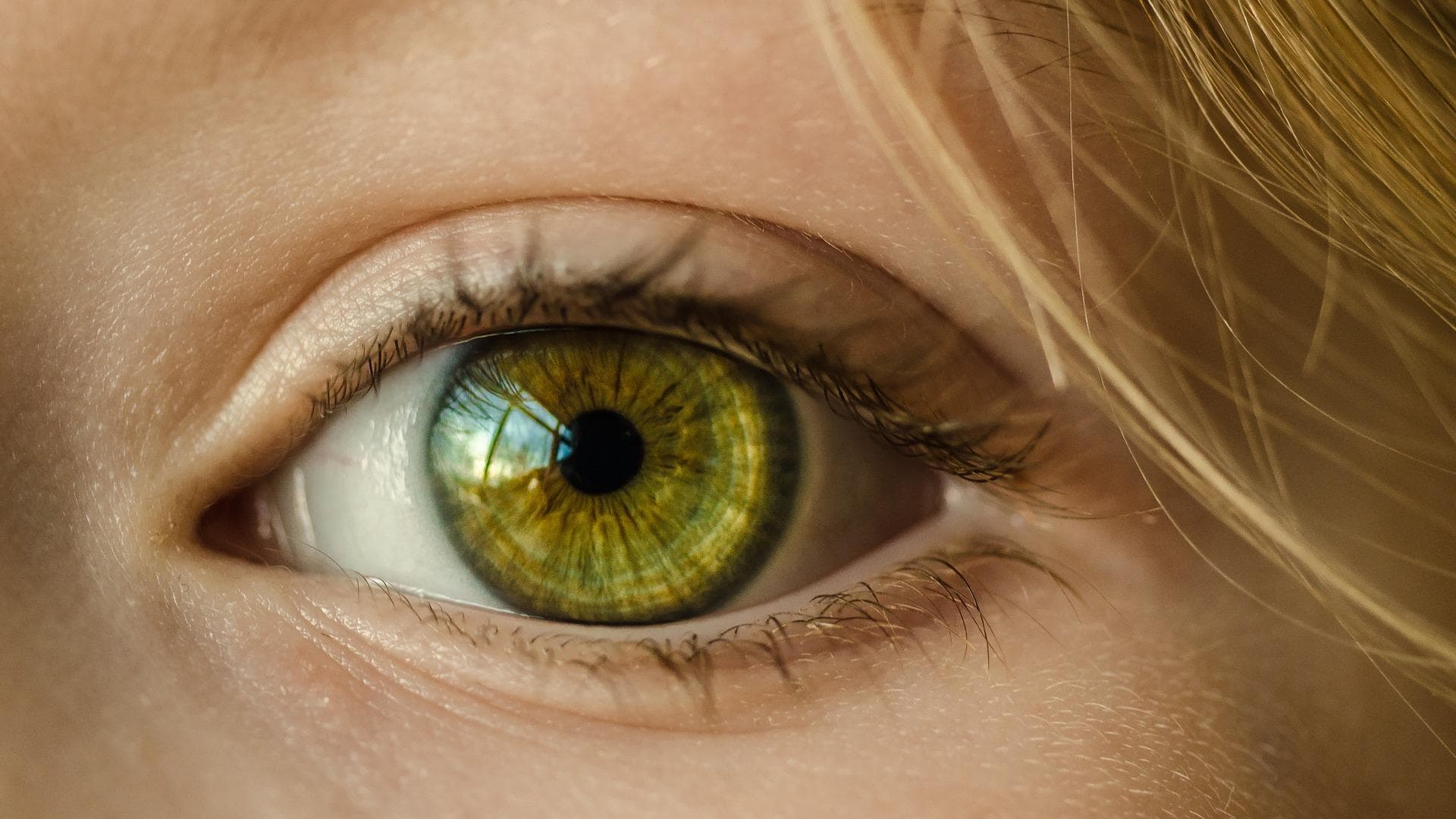When the molecules of the fluorescent dye blend perfectly together, something entirely new arises: a state of excitement distributed over many molecules. These ‘mass stimuli’ can be used in many ways – for example for organic solar panels, in sensors, for ultra-fast data transmission or in microscopy. Together with colleagues from ETH Zurich, EPFL, the Paul Scherrer Institute (PSI), and IBM Research Zurich, Empa researchers have succeeded in making chemical light amplifiers ten times more efficient than before.
“What we’re seeing here is energy transfer happening much faster than any semiconductor,” Jacob Heyer enthuses. The physicist works in Empa’s “functional polymers” division, and the discovery he and his team made could bring movement into many areas — such as sensing technology, optical data transmission, or the manufacture of organic solar cells. We are talking about islands of dye molecules with an ideal internal structure. In the professional world, these structures are called J groups. Although they have been known for more than 80 years, they have recently received special attention in research. This is due to the special inner electronic workings of the dye islands.
To understand what Heier and his colleagues found, a short excursion into the world of dyes helps: If the dye glows, the molecule must be activated first—also with light. Optical bleaches in detergents, for example, absorb ultraviolet light and emit bluish (visible) light – which is why white clothes shine bright blue in the ultraviolet light of a disco. The emitted light has less energy than the emitted light, because part of the energy is converted into vibrations, that is, heat, in the dye molecule.
Molecules as antennas for energy
The J aggregates studied by Heier and doctoral student Ema Surendra Anantharaman behave differently from individual color molecules. On these molecular islands, the dye molecules are well sorted, close to each other, similar to matches in a box.
The dye molecule “does not have to” shine in this constellation, but “can” pass its energy to the neighboring molecule. But there is a fundamental difference compared to the “classical” silicon semiconductor: in a silicon semiconductor, such as a solar cell, the excitation energy is transmitted through charge carriers, for example electrons, which to some extent “jump” through the material. On the other hand, in J aggregates, only electrons oscillate back and forth in the dye molecule and never leave it. Instead of full electrons, only oscillations are transmitted—similar to the case of transmitting and receiving antennas in the macroscopic world. In fact, J aggregates can “send” energy on a very small scale – very quickly and through hundreds of molecules.
Heavy losses for 80 years
The phenomenon of J aggregate and its energy transfer were discovered in 1936 by Edwin E. Jelley in the USA and Günter Scheibe in Germany independently of each other. But so far about 95% of the radiant energy has been lost and cannot be transmitted. “Construction errors” in the system were to blame. In fact, the particles were not perfectly aligned. Whenever the energy pulse hits one of these faults during its journey through unit J, the transmission process is interrupted. Normal molecular oscillation stopped the transmission, a little heat was generated, and it was game over.
perfect antenna jungle
With the support of researchers from ETH Zurich, EPF Lausanne, PSI and IBM Research Zurich, Empa’s team has now succeeded in developing a dye system that emits up to 60 percent of the incident light as light. However, it also means that up to 60 percent of the energy can be transmitted without loss – compared to the previously possible five percent, that’s a sensation. The key to success was the elaborately structured pigment islets, which were created in a fine emulsion of water and hexaamine. An emulsifier is a mixture of liquid droplets in another liquid – milk or mayonnaise are emulsifiers that everyone knows about.
Empa researchers note that not every emulsion works: it must be a so-called binary emulsion, which means that the droplets floating in the external liquid should not separate from each other, but should combine to form line-shaped structures. Only then the investigated dye forms the desired defect-free J aggregates and can ‘send’ the absorbed energy over long distances without loss.
The dye particles are lined up in a binary emulsion – similar to matches in a can. Only then will the signal be sent.
Failure is part of it
The now-published study also – in good scientific tradition – mentions failed attempts and a history of successful experiment. After all, chemists and physicists around the world should be able to build on the expertise of the Empa researchers. For example, it did not achieve the goal of crystallizing the dye into thin layers on a solid surface. Too many defects in the crystals destroyed the transmission. Even aqueous solutions, in which the dye collects in small droplets, do not work. Two-chain emulsions only transmit signals – and only if there are individual dye molecules remaining in the liquid phase which fill holes in the aggregate J and close the gaps – that is, they can “fix” the defects.
What are the conceivable applications?
To be sure, there is still a long way to go before researchers can make technical use of what has now been achieved in the emulsion. But then signal transmission through dyes can penetrate many areas of everyday life. For example, it is possible to capture weak infrared light with the help of these dyes and convert them into digital signals with the help of quantum dots – a feature of sensors or solar cells that are supposed to provide electricity even in very weak light. Due to their unique properties, J aggregates are also suitable for applications in quantum computers and in optical data transmission.
Finally, aggregates of signal-conducting dye can be useful in the diagnosis of living tissue: infrared light, that is, thermal radiation, penetrates deep into human tissue without harming cells. J groups can make this radiation visible and digitize it. This can greatly facilitate and improve high-resolution microscopy images of living tissue.







